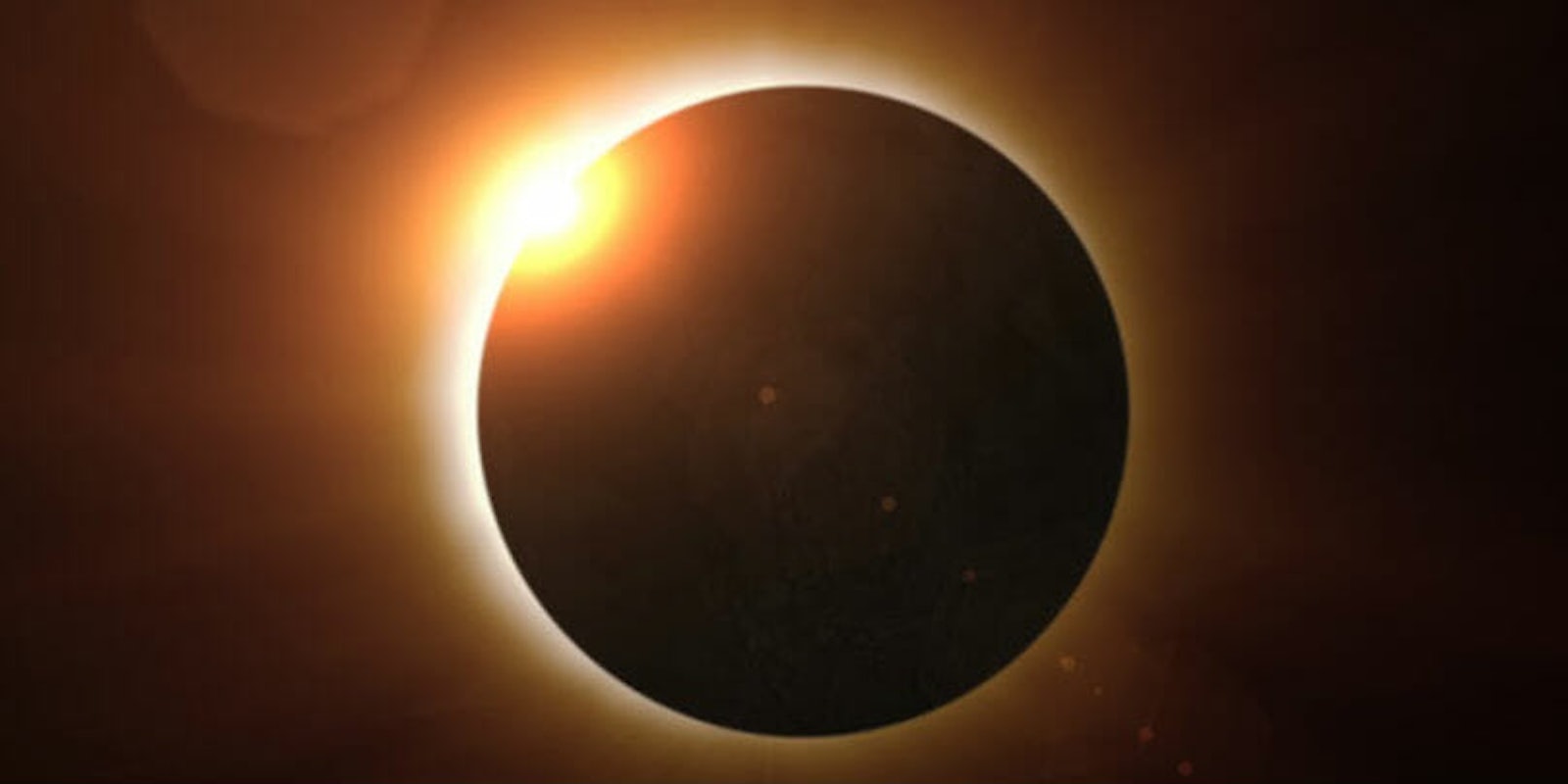After months of hype, the total solar eclipse quickly came and went, leaving us with stunning images and a “where were you when” moment millions of Americans will never forget. But not everyone got to see the astronomical spectacle, and those who did are itching for another glance. Fortunately, this “once-in-a-lifetime” phenomenon will be back sooner than you think.
The last time a total solar eclipse was visible across the entire United States was in 1918, and the last time an eclipse was visible anywhere in the U.S. was in 1979. Total solar eclipses occur about every year and a half, but often the path of totality—where the moon completely blocks out the sun—happens far from the U.S. This time, we won’t have to wait as long.
The next total solar eclipse in the US comes up in 2024. Streaks from Texas northeastward including Ohio, New York and Maine. #eclipse pic.twitter.com/5Z4GtX1A2c
— Tim Buckley (@TimBuckleyWX) August 21, 2017
The next total solar eclipse in the United States will happen in fewer than seven years, on April 8, 2024. It will differ from the Great American Eclipse, with a path of totality taking a diagonal route from Mexico through Texas, Arkansas, Missouri, Indiana, Ohio, New York, and Maine, touching parts of Oklahoma, Illinois, Kentucky, Michigan, Vermont, and New Hampshire along the way. All of Dallas will be in the line of totality and areas of north-central Mexico and Ontario will also be covered.
https://twitter.com/HunterLJohnson/status/899648161085480960
Another eclipse will take place on Aug. 12, 2045, with a path of totality nearly identical to the eclipse we just witnessed, but about 250 miles south of it. It will start in Northern California and take a gradual curve through the Midwest down into Florida.
#SolarEclipse2017 totality FOMO is real.
— Lauren Katz (@Laur_Katz) August 21, 2017
So when’s the next solar eclipse over the US?
2024
2045
2052
2078
2079https://t.co/ktFteJvcid pic.twitter.com/QDG5T4ixtz
In March 30, 2052, another total eclipse will barely scrape by a few Southern U.S. states.
Then, if you’re still kickin’, you’ll be treated to back-to-back total eclipses in 2078 and 2079. Hopefully by that time those fancy glasses are a bit more stylish.


